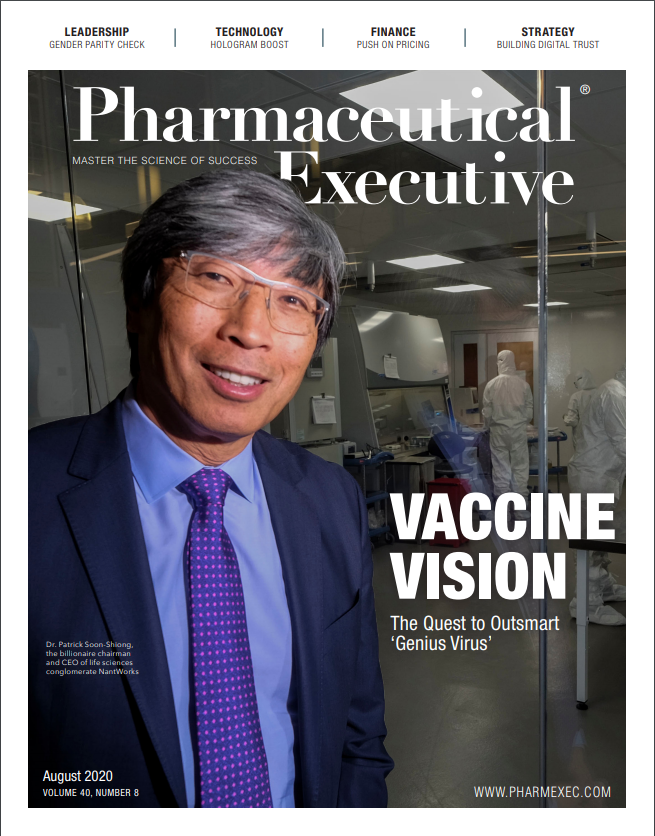AI and Social Listening: Myths vs. Facts
What’s all the mystery about?
Frank Saia

The hype has never been higher for artificial intelligence (AI). AI permeates trade publications, medical conference keynotes, and high-visibility partnerships between large pharmaceuticals, the Big Five tech giants, and academia.
Progressing AI for most begins with cutting through the swirl to curate the most relevant and credible resources. The goal is to bridge the delta between AI that is so advanced it is unrealistic, and a practical application of AI that can help fuel a company’s growth.
Let’s demystify AI and dispel myths that it’s unrealistic, unaffordable, or too complex to implement within existing technology platforms.
Understanding what’s what
AI is a very broad and vague term that encompasses countless subspecialties. At its core, it refers to algorithms, or computer programs that are fundamentally more elaborate algorithms, that automatically learn with experience and adapt based on that experience without a computer programmer having to intervene.
As a branch of AI, machine learning (ML) focuses on how algorithms identify patterns and nuances—at times in mitochondrial-level detail. The algorithms take actions based on the patterns they “see.”
These technologies are far from new. Spotify, Netflix, and Amazon have long used AI and ML to serve customized content.
The difference now is the unprecedented power of today’s AI algorithms that can seek, sort, distill, and synthesize billions of data points, in hundreds of languages, at incalculable speed—algorithms that learn and predict.
AI and social listening: How far it’s come
Social listening works by using an algorithm to scour the internet, usually on a massive scale, to see what people are saying about your brand or other topics. Social listening is much more powerful when it is paired with AI to support commercialization.
Like AI, social listening began in the 1990s. But it was rudimentary at the outset, with only basic trackable metrics; the volume of comments, whether the sentiment was positive, negative, or neutral, and the comparison of these metrics with competitors. Additionally, the social listening tools required someone to create a list of keywords, an informal process usually carried out by an intern or junior team member. Basic words yield only basic results.
Today, the intersection of linguistics, natural language processing, and technology is an entirely new field unto itself and provides precise results. AI-driven social listening can identify sarcasm, tonality, dialects, and trending lexicon. Images and videos are easily crawled to determine awareness of branding or public relations uptake of events.
What is more, the rigor of advanced market research methodologies is incorporated into best practice social listening, including cluster analyses useful for finding rare disease patients. Real-world evidence and health economics and outcomes research are standard overlays, as are LexisNexis, peer-reviewed journals, and conference keynotes.
Key opinion leaders (KOLs) also play a role in AI and social listening. Connections between KOLs are easy to surface, as are additional, more contemporary criteria for determining influence. Historically, a KOL might be measured largely by publishing activity, institutional affiliations, drug research, and time in the field. Today, a KOL may have a large social following and fewer of the other components.
Another critical part of AI and social listening is predictive analytics. Algorithms collect an infinite range of behavioral data to forecast, such as the propensity of a clinical trial participant not to quit a clinical trial prematurely, assuming all medical aspects are in order.
In the simplest form, AI and social listening is an exceptionally powerful tool into which one can insert a near-infinite wish list of data sources and gain unparalleled insights. It is a companion to traditional market research, not a replacement. A license for a social listening platform costs an average of $30,000 per year. Consider it a “must-have” tool for life sciences companies, not a “nice to have.”
Frank Saia, Managing Director, Truth Serum NTWK
Brand Insights - Thought Leadership from Marketers I Paid Program

The Misinformation Maze: Navigating Public Health in the Digital Age
March 11th 2025Jennifer Butler, chief commercial officer of Pleio, discusses misinformation's threat to public health, where patients are turning for trustworthy health information, the industry's pivot to peer-to-patient strategies to educate patients, and more.
Navigating Distrust: Pharma in the Age of Social Media
February 18th 2025Ian Baer, Founder and CEO of Sooth, discusses how the growing distrust in social media will impact industry marketing strategies and the relationships between pharmaceutical companies and the patients they aim to serve. He also explains dark social, how to combat misinformation, closing the trust gap, and more.
The Misinformation Maze: Navigating Public Health in the Digital Age
March 11th 2025Jennifer Butler, chief commercial officer of Pleio, discusses misinformation's threat to public health, where patients are turning for trustworthy health information, the industry's pivot to peer-to-patient strategies to educate patients, and more.
Navigating Distrust: Pharma in the Age of Social Media
February 18th 2025Ian Baer, Founder and CEO of Sooth, discusses how the growing distrust in social media will impact industry marketing strategies and the relationships between pharmaceutical companies and the patients they aim to serve. He also explains dark social, how to combat misinformation, closing the trust gap, and more.
2 Commerce Drive
Cranbury, NJ 08512
All rights reserved.